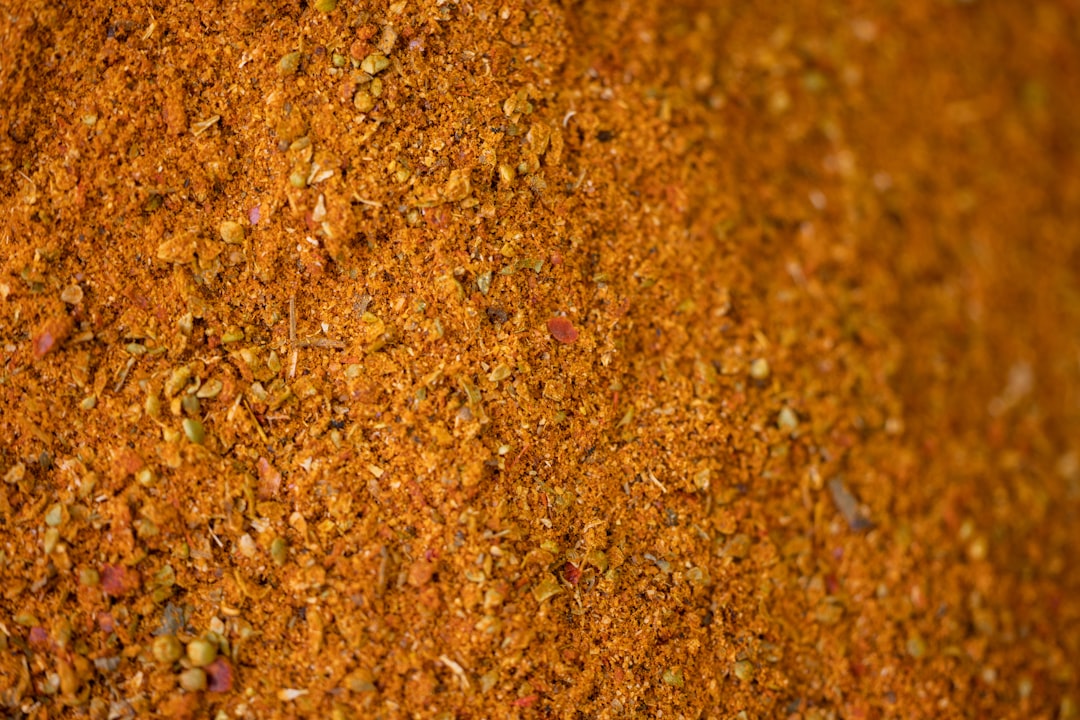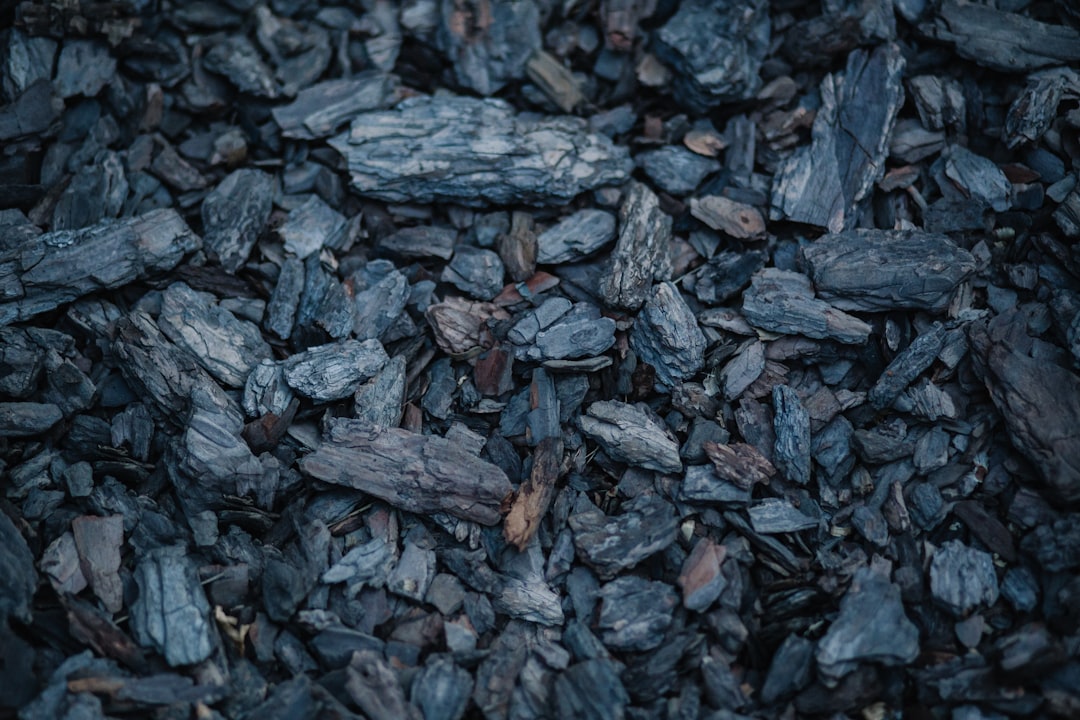What is it about?
"Pervaporation" is a word that combines 'permeation' and 'evaporation' and refers to a method of separating liquid-liquid mixtures by having one component preferentially go through a membrane. This can be used, for example, in separating ethanol from the water/ethanol mixtures generated by fermentation. Most studies let the experiment run for a long time, then look at what has gone through the membrane, but we tried to break it down to short time periods to get a better feel for what was going on, and to justify our feeling that there was something thermodynamically wrong with the standard model for how they work.
Featured Image
Why is it important?
The standard model for pervaporation is something called the 'solution diffusion' theory, which says that diffusion through the barrier is the rate determining step in separation. We did not think this could apply for more than a short period of time before the concentration of the less mobile species built up in the membrane, and that in the long term there was no 'steady state' possible beyond the position of the thermodynamic equilibrium between the liquid and the vapour. Our model might not be right, but we think it is important to get a better handle on the mechanism of how pervaporation works if we are to improve the effectiveness of the process.
Perspectives
This paper was rejected more times than any other I have published (it is refereed paper #72 on my lifetime publication list). I am cheerful that it is finally out there available to the public and am hoping that other workers in the field will take notice of it, if only to point out what is wrong with it.
Dr Chris M Fellows
University of New England
Read the Original
This page is a summary of: Understanding membrane selectivity in pervaporation of water-rich water:ethanol mixtures, The Canadian Journal of Chemical Engineering, January 2018, Wiley,
DOI: 10.1002/cjce.23110.
You can read the full text:
Contributors
The following have contributed to this page










